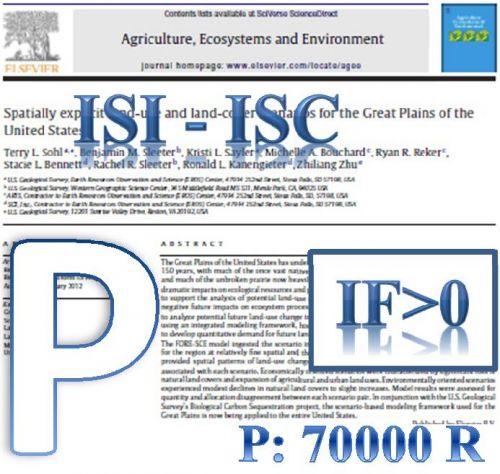Introduction: Amalgam has been used in dentistry for more than a century. Amalgam restorations are done widely across the world. The reason for its use is its desirable physical properties, such as good sealing strength, durability, and ease of use. It is a combination of metal powders (mainly silver, tin, and copper) and a mercury compound. The latter makes up about 50 per cent of the amalgam. This puts dental staff, including dentists and their assistants, in great risk of mercury poisoning. Goal: The aim of this study is to measure urinary mercury content of dentists in Tabriz. Material and Method: In this case-control study, 48 dentists in Tabriz were studied as a case group. Urine samples (20 ml) for the study were taken and mercury concentrations determined by atomic spectroscopy. Descriptive and analytical measures like t-test, and ANOVA were used and analysed by SPSS software (version 16) and α=0.05 was considered significant. Results: The average urinary mercury content of dentists was 20.9±6.71 micrograms per litre. There was a significant correlation between the daily and weekly hours of work and urinary mercury content (p-value <0.01). However, the number of daily amalgam filling and replacement was not associated with urinary mercury content (p-value=0.51). There was a significant correlation between the used amalgam types (capsules or bulk) and urinary mercury level (p-value=0.015). However, the urinary mercury level had no significant correlation with the presence of amalgam waste, and air conditioning. Conclusion: According to the study, urinary mercury levels were below the threshold in dentists, though its level was higher than that of the average citizen.
کلید واژگان :Mercury Toxicity, Amalgam, Dentist, Urine Analysis
ارزش ریالی : 1200000 ریال
با پرداخت الکترونیک
